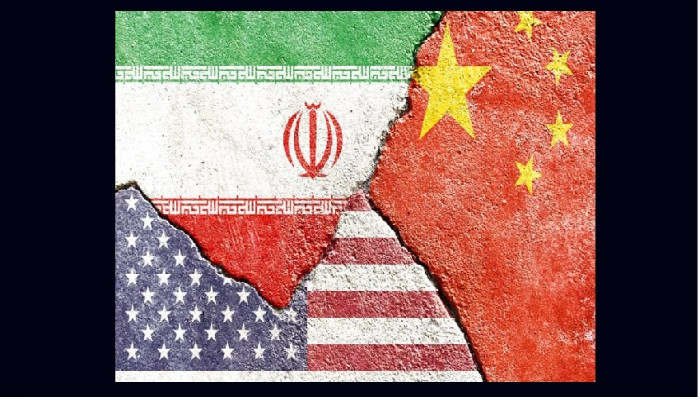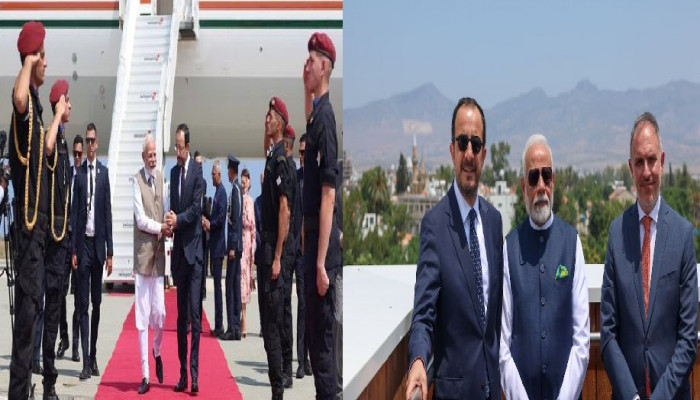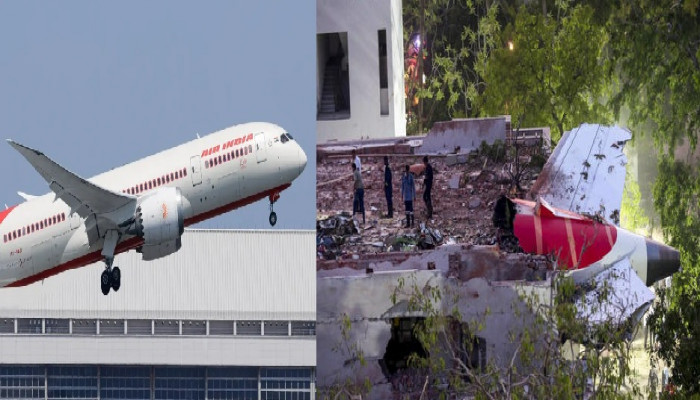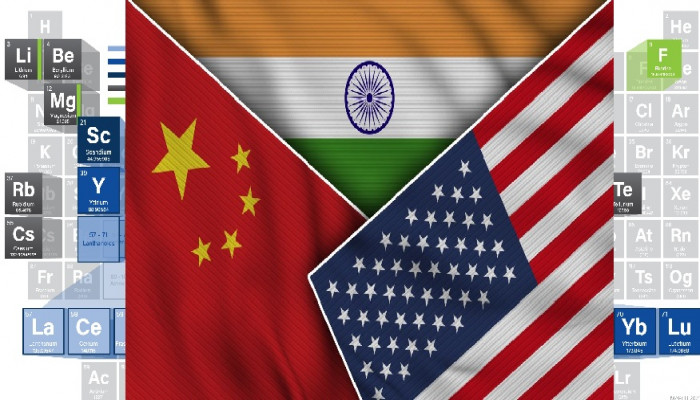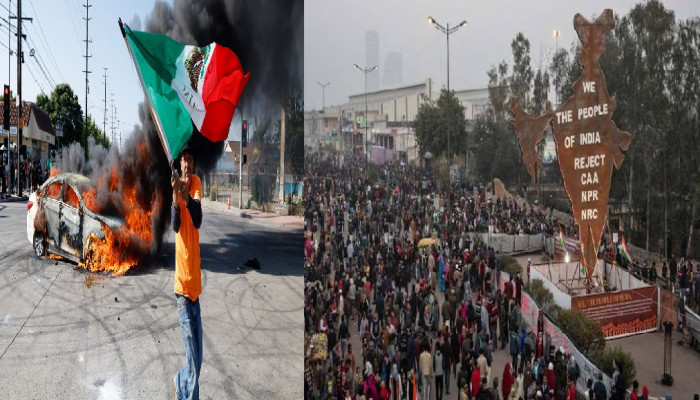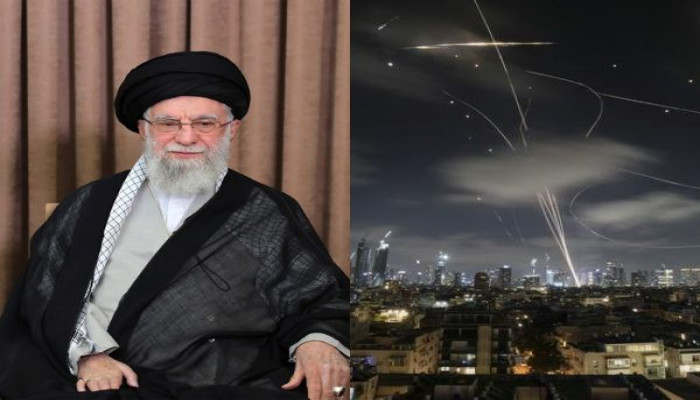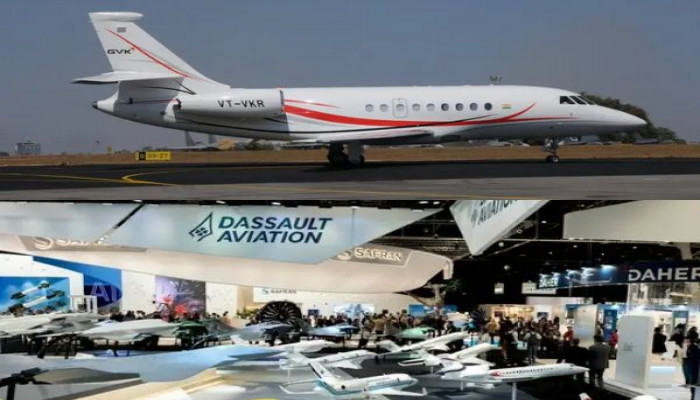- Jun 18, 2025
- Viren S Doshi
Featured Articles
Jihadi Ayatollahs’ Iran: Global Terror Hub Propped Up by CCP-Occupied China
Iran, ruled by its theocratic regime, is the heart of global jihadi terrorism, with the “Chinese Communist Party-occupied China” (“CCP-occupied China”) as its sly financial and strategic exploiter in the disguise of an enabler. Hammered by U.S., EU and UN sanctions, Iran was cornered into a high-stakes alliance with CCP-occupied China, a predatory partner exploiting Tehran’s desperation while fuelling regional chaos. This article dives into the Iran-CCP-occupied China nexus based on trade numbers, the sanctions strangling Iran, crafty manoeuvres of CCP-occupied China and Iran’s deals with players like Turkey, Russia and India. Buckle up for a wild ride through a geopolitical thriller where oil, terror, and cunning CCP collide! Sanctions on Iran: A Geopolitical Straitjacket Since the 1979 “Islamic” Revolution, Iran has been slapped with sanctions, turning it into a global pariah, while CCP-occupied China pulled it into its tentacles! The U.S. kicked things off with a 1979 asset freeze after the Tehran hostage crisis, escalating with the 1995 Executive Order 12957 banning trade, the 2011 CISADA Act targeting Iran’s banking pals, and the 2012 NDAA squeezing oil buyers. Then the U.S. ditched the 2018 JCPOA nuclear deal, it unleashed a sanctions tsunami under Executive Orders 13846 and 13902, gutting Iran’s oil, banking and shipping sectors. In 2025, the U.S. turned the screws tighter, nailing CCP-occupied China based firms like Huaying Huizhou Daya Bay Petrochemical Terminal ($1 billion in Iranian oil) and Shandong Shengxing Chemical Co. ($1 billion), plus 13 “dark fleet” tankers “smuggling” Iran’s crude. The EU joined the party with a 2010 oil embargo and a 2012 SWIFT blackout, while UN Security Council Resolutions (2006–2010) hammered Iran’s nuclear and missile programs, with some curbs lingering under 2015’s Resolution 2231. Australia and Israel pile on their own bans, and India toed the line by axing oil imports. Sanctions are aimed at stopping Iran’s nuclear dreams and its cash flow to groups like Hamas, Hezbollah and the Houthis. Sanctions slashed Iran’s oil exports by 60% from 2012 to 2015, but Tehran dodged the bullet with CCP-occupied China’s help, raising eyebrows about whether these measures are legit or just backfiring by empowering Iran’s rogue allies. Iran-CCP-Occupied China Cash Flow: Oil, Goods, and Exploitation Sanctions have made CCP-occupied China Iran’s economic lifeline, with trade numbers that scream dependency. In 2023, their two-way non-oil trade hit $15.5 billion, down 9% from 2022’s $15.8 billion. CCP-occupied China floods Iran with $9.44 billion in machinery, electronics, and consumer goods (9.5% of Iran’s imports), while Iran ships $6.36 billion in petrochemicals and minerals. Early 2024 data (January–March: $4 billion) suggests a $16 billion annual pace. Oil is the lifeblood, with CCP-occupied China slurping up 90% of Iran’s exports—1.4 to 1.8 million barrels daily in 2024–2025, raking in $35–$45 billion a year at 20–30% discounts under the 2021 25-year Cooperation Program. “Teapot” refineries of CCP-occupied China, like Shandong Shouguang Luqing Petrochemical ($500 million), play dirty, rebranding Iranian oil to dodge sanctions with “dark fleet” tankers like NICHOLA and AMOR. But the real kicker? The 2021 deal’s hyped $400 billion investment promise from CCP-occupied China has fizzled, with just $131 million trickling into Iran’s energy sector in 2022, compared to Russia’s $2.76 billion. Cheap CCP goods are strangling Iran’s local industries, sparking accusations that CCP-occupied China is playing a ruthless game, keeping Iran hooked on discounted oil deals while giving peanuts in return as investment. Sly Game of CCP-Occupied China: Terror Enabler or Profit Predator? Iran is a jihadi terror kingpin bankrolling Hamas, Hezbollah and the Houthis to wreak havoc across the Middle East. CCP-occupied China’s role, cemented by the 2016 Comprehensive Strategic Partnership and 2021 agreement, looks like a lifeline for Tehran’s antics. Beijing hands over surveillance tech—think ZTE and Tiandy’s creepy facial recognition tools—to help Iran crush dissent, plus dual-use missile parts and diplomatic muscle, like torpedoing UN sanctions and brokering the 2023 Iran-Saudi deal. This fits CCP-occupied China’s anti-U.S. playbook, using Iran as a pawn to thumb its nose at Washington while locking down energy supplies via the Strait of Hormuz, a critical chokepoint. But hold up—CCP-occupied China is no selfless ally. Its $380 billion trade with Gulf states in 2022 towers over its $15.5 billion with Iran, showing where its heart really lies. By snapping up discounted oil and cherry-picking low-risk projects like Tehran’s subway, CCP-occupied China is exploiting Iran’s sanctions misery for max profit, dodging U.S. secondary sanctions like a pro. Iran is stuck using renminbi and “dark fleet” tankers, a lopsided setup that screams exploitation. CCP-occupied China is keeping Iran’s regime on life support to secure cheap oil and geopolitical clout, while it’s all-in on Tehran’s terror spree as a cold, calculated hustle prioritising profit and also gaining from Iran’s destabilising agenda that weakens Israel and the US. Iran’s Side Hustles: India and Other Players Sanctions have Iran scrambling for trade partners, and CCP-occupied China is the monopolistic champ of trade. However, India’s trade with Iran clocked in at $2.5 billion in 2022–2023 — $1.5 billion in rice and pharmaceuticals, $1 billion in Iranian petrochemicals. India stopped importing Iran’s oil ($10–$12 billion pre-2019) due to U.S. sanctions, a far cry from CCP-occupied China’s $35–$45 billion oil binge. India is betting $500 million on Chabahar Port, far more than the CCP's actual investment, $131 million. Another ally is Russia. Its $4–5 billion trade in 2023, with $2.76 billion in energy investments, outshines CCP-occupied China’s measly $131 million. Turkey ($6 billion) and the UAE ($10–$12 billion) deal in gas and re-exports, but neither matches CCP-occupied China’s scale or sanctions-defying swagger. Iranian Nuclear Ambitions and its partners CCP-occupied China and Russia have provided technical aid in the past that could support nuclear weapons development, but current stances emphasise peaceful nuclear rights and diplomacy. Turkey and India show no involvement in Iran's nuclear weapons efforts. Conclusion: Toxic Tango of Terrific Terrorism and Terrific Trade Sanctions, led by the U.S. and backed by the EU and UN, have boxed Iran into a $15.5 billion trade with CCP-occupied China, including $35–$45 billion in cut-rate oil. But CCP-occupied China’s stingy $131 million investment and market stranglehold expose its true colours: a predator exploiting Iran’s desperation, while also acting as a die-hard terror sponsor. Against India’s $2.5 billion trade, CCP-occupied China is unmatched but CCP is ruthless, propping up Iran just enough to score cheap oil and geopolitical points while cozying up to Gulf states ($380 billion trade). Iran’s rap as the epicentre of global jihadi terrorism, with CCP-occupied China as its sugar daddy, has lot of teeth — Tehran’s backing of Hamas, Hezbollah and Houthis. CCP-occupied China’s trade and tech lifeline keeps the Ayatollah's regime in the game, but no more as Israel and the U.S. gear up to take out the nuclear capabilities of the terrorist regime while cunning CCP watches the destruction gleefully. The grand terror alliance is a gritty, lopsided deal where CCP-occupied China’s greed trumps ideology, leaving Iran as a pawn in Beijing’s global chess match. Just as the CCP occupied China left Pakistan after exploiting it to be at the receiving end from India recently, it has left Iran too, after thoroughly exploiting it to be at the receiving end from Israel and the U.S. “Iranian” Ayatollahs and “Pakistani” Generals are conduits for CCP's trade and terrorism diplomacy while affected nations like Israel, U.S. and India pound them heavily for their Jihadi misdeeds at great costs on either side, CCP watching gleefully.- Jun 18, 2025
- Ramaharitha Pusarla



